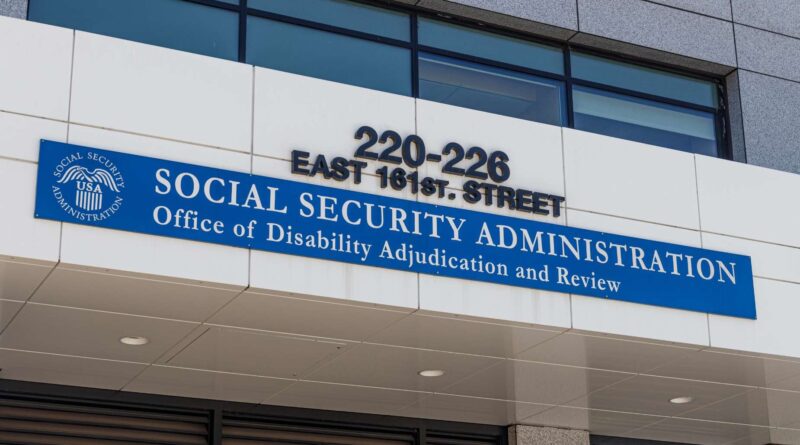Everything will change in Social Security benefit payments for the rest of 2024
Social Security contributors know that every year there are new changes that can affect their monthly benefits. Sometimes these changes can affect their financial situation positively, but others can put them Payment of Social Security benefits in danger. After the Social Security Administration notified beneficiaries of new requirements and changes to the limits on the Supplemental Security Income (SSI) program this year, there are still some changes that will affect their monthly income. and a month for the remainder of 2024.
Often, when changes to Social Security are announced, many people wait to hear about the cost of living adjustment (COLA). Although the COLA gets a lot of attention, many aspects of Social Security change each year to reflect broader trends in national wages and prices. These changes have an impact on the taxes paid by almost everyone American workers along with the benefits received by tens of millions of Americans. Read here all the changes to Social Security benefit payments that will affect retirees this year.
Medicare premiums will increase, affecting Social Security benefit payments
If you’re enrolled in Medicare, you probably already have federal Part B coverage health care program deducted from your Social Security benefits. Part B covers doctor visits and other medical treatments. This means that your cost of living adjustment may be offset by an increase in Medicare premiums.
In 2023, the beneficiaries will get a rare relief from the impact of this because Medicare premiums it will be reduced according to the maximum COLA. However, the offset returns in 2024, when the average monthly Part B premium increases from $164.90 to $174.70, which removes about $10 from the COLA benefit each month. .
Payments of Social Security benefits and the new Social Support and Care (ISM) law.
The Social Security Administration (SSA) eliminated food from the In-Kind Support and Maintenance (ISM) category, thereby easing revenue requirements. This means that after eliminating food, only food costs are taken into account in the ISM calculation. To determine whether the Presumed Maximum Value (PMV) or Value of One-Third Reduction (VTR) criteria are in effect at the time of application, SSA will still require information about the cost of the food.
The new rules take effect on September 30, 2024, so be aware of them if you plan to file after that date or if you already have one. Social Security Payments, as this will mean your income will decrease as your Social Security payments increase. Also, remember that you will need to report your income or changes in your living conditions every month through the app or by phone so that your money can be adjusted properly.
Social Security tax rates will increase
A great source of funds for Social Security Benefits it is a 12.4% income tax for most workers. If you work, your employer pays the other half of that amount; you pay half of it in FICA withheld from your salary. If you’re self-employed, you pay both parts as part of your annual tax return. Although taxable income varies each year based on state income trends, the rate has remained the same since 1990. For example, remember that if you pay $160,200 in Social Security taxes Community with the money you got in 2023, it is possible. in 2024, the limit will increase to $168,600.
New Social Security benefits COLA for 2025
The Cost of living adjustment (COLA) it measures how price changes affect the economy and determines how much the cost of living will increase due to inflation. For those who do not retire and still have taxes withheld from their wages, COLA increases the value of the Social Security payment. According to the Social Security Administration, as of April, the average Social Security retirement benefit was $1,866 due to the 2024 COLA. Although this year’s COLA is less than two-thirds of last year’s changes, it is still higher than the 2.6% average over the past two decades.
#change #Social #Security #benefit #payments #rest
